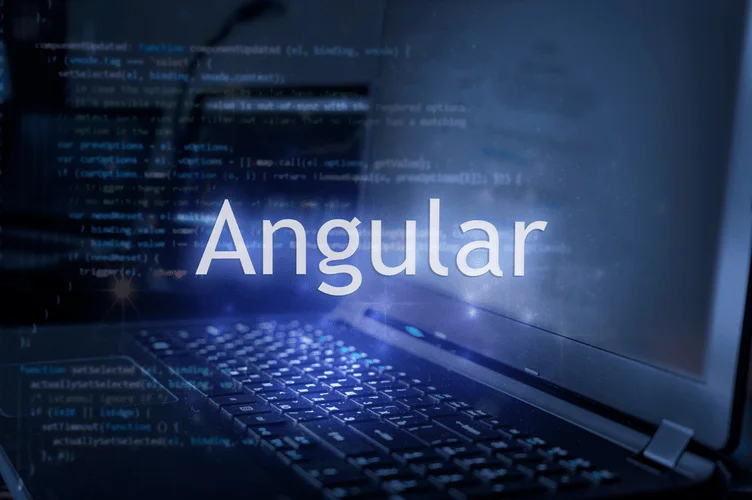All of the code and data on the blockchain is decentralized, i.e., it’s distributed across all the nodes in th network. A blockchain is a peer-to-peer network of nodes that all talk to one another. These nodes are essentially computers that share responsibilities similar to web servers, like running programs and storing data that can be accessed whenever you’re connected to the blockchain. All the nodes work together to create a public network that anyone can connect to.
PoA or IBFT also employ round changes between blocks, allowing for equitable participation as a mining/proposing node and the democratic removal of unstable or malicious participants. Private chains use permission-based algorithms that rely on voting rounds and digital signatures for state agreement and protection. These algorithms include clique Proof of Authority (PoA), Istanbul BFT (Byzantine Fault Tolerant), and Raft. Ethereum is in the process of migrating to Proof of Stake (PoS).
Create a Blockchain Game from Scratch
Also, note that the migration files are numbered so that Truffle knows which order to run them in. The blockchain application that we’ll build in this tutorial works differently. You can make a new cryptocurrency without first creating or modifying any blockchain. Platforms like the Ethereum blockchain are designed to host the cryptocurrencies of many different developers.
Additionally, we discussed the integration of front-end frameworks to build a user-friendly and interactive interface for your blockchain website. There are clear areas where blockchain can deliver based on its unique capabilities. These include security and verified identities, decentralization, an immutable audit trail, and ability to execute smart contracts. This code creates a “state variable”, whose value will be stored on the blockchain. We’ll call the variable name because we’ll use it to store the name for the smart contract (just for testing purposes).
Blockchain Game Development Cost
It is now much more common to see decentralized applications being used in the real world compared to just a few years ago. Today there are more coins and tokens out there than anyone can keep track of. Despite the popularity and number of projects, there are still many uncertainties and misconceptions that exist in the crypto world. For instance, many people have the desire to create a token, however they struggle to find a true usage for it. If you choose to create a coin, know that this option isn’t suitable if you are looking for an easy and quick way to create your own cryptocurrency free of charge. The process of creating a coin can take as little as 5 minutes.

In this section, our focus would be to create a straightforward blockchain app in just five simple steps. If you have never built a blockchain app, then these five steps will help you understand the process better. So, let’s get started with our “How to build a blockchain app” tutorial. This tutorial is also aimed at those who are looking to build a simple blockchain app. To build a simple blockchain app, we are going to use the Ethereum network.
What is a node in blockchain?
People are going to remember the 21st century as the era of cryptocurrency and blockchain. When we talk about cryptocurrencies or Decentralized finance, one of the things that no one misses out on is Blockchain wallets. This game may remind you of another popular game called Сandy Сrush.
After installation, check if it’s properly installed by typing ‘node -v’ into your command line or terminal. Also, note that you need to install the exact version to follow the tutorial. To create a local environment, we will need multiple tools and packages.
Create a Fork of an Existing Blockchain
Forget everything you’ve heard about blockchain from social media. Now, you will build a blockchain system from ground zero to really understand the ins and outs of this peer-to-peer, distributed technology. But of course, there’s a gap between identifying the need and designing a structure for implementation; a gap that can only be filled by technical expertise.
- The sixth and final step is to follow up and stay in touch with your contacts.
- We then explored how to choose the right blockchain platform for your website, considering factors such as functionality, scalability, and community support.
- You want to identify and connect with people who share your interests, goals, and values, or who have skills, experience, or knowledge that you can learn from or collaborate with.
- These qualities are necessary to maintain the integrity of the blockchain and the security of the network within which the transactions occur.
- Several platforms on which to launch your blockchain database already exist.
- At its core, a blockchain is a distributed ledger that enables secure and transparent transactions between parties without the need for intermediaries.
Now let’s install all of the dependencies we need to build our project. First, we’ll set up a person blockchain to develop the application locally. Normally with a web application, you access a web page with your web browser. All the th HTML, CSS, and JavaScript code for this website lives on a central web server, and talks to a backend (written in any programming language), which also talks to database. Today, I’m going to teach you blockchain programming from square one by building a complete application that’s powered by the blockchain.
What Prerequisites Do I Need to Create a Blockchain?
Even though blockchain is promising and does what it’s intended to do, there is a lot of hype surrounding it. That’s why as a business, you need to understand the hype and clearly understand if blockchain in your case solves the problem. That’s why it is important to differentiate facts from hype and then make decisions based on it. It is crucial to emphasize the importance of thorough testing and debugging at every stage of your blockchain website development. Regularly perform tests and address any issues promptly to ensure a robust and high-performing website.

Essentially, a smart contract is a self-executing contract with preset terms and conditions. Once the pre-specified conditions are met, the transaction or process is automatically triggered. This reduces the need for another delay with verifications. The advent of blockchain technology has indeed ushered in whole new possibilities. Many industries are exploring ways to integrate technology as a way to streamline their business processes. A key way many are looking to achieve this is through the creation of a blockchain-based database.
Steps to Creating a Blockchain
Blockchain technology powers these innovative solutions by providing a digital ledger for transactions. Each ‘block’ in this chain is made up of transaction data which is resistant to modification – making it incredibly custom ai solutions trustworthy. Now that we have successfully run our first Ethereum smart contract, it is now time for us to add features to our dApp. Any decentralized app requires a proper consensus algorithm to work.
Different organizations prefer to handle data in different ways. If you know you’re going to need to scale in the near future, go with the cloud. If you already have a data infrastructure in place, maybe hybrid cloud is right for you. On prem solutions allow you to use hardware you own and hybrid solutions let you use your hardware plus the cloud.
By the time you find out answers to all these questions, you will have an idea of what your crypto wallet app should look like. Wallet companies constantly work to resolve bugs and upgrade new security features and tools. While your current version of the wallet software can be the best one. You should always update and install the latest versions to enjoy newly added features and security tools. Blockchain wallets are also sometimes known as crypto wallets. These wallets offer a bundle of benefits to the users as well as the wallet entrepreneur.
